5 unfamous stories on how slavery ended
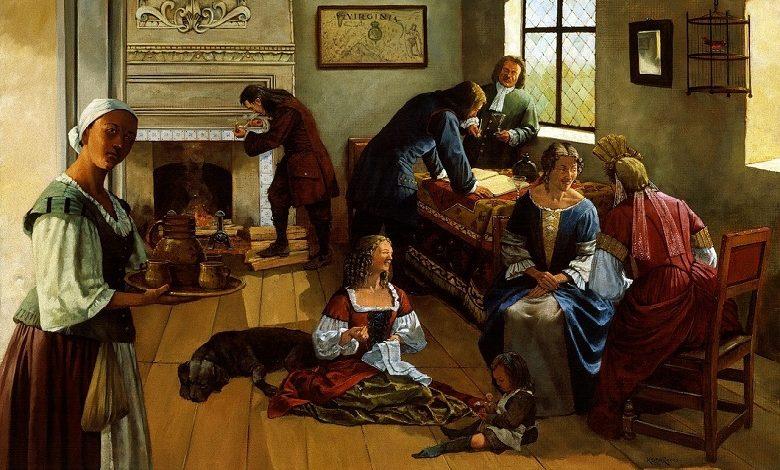
On 25 March 1807, the Abolition of the Slave Trade Act entered into force. However, although the law prohibited the slave trade throughout the British Colonies, the slave trade between the Caribbean islands continued, in spite of everything, until 1811.
Almost all countries around the world were involved in the slave trade, and many of them received far more trafficking than the US. Among the 12.5 million African slaves sent to the New World, only 388,000 or about three percent were in the United States. Despite Abraham Lincoln Civil War and the declaration of emancipation, yet that was not the end of slavery around the world.
Slaves were still fighting for their freedom, and outside their own countries, their stories were almost completely ignored. Below is the list of not-well-known stories on how slavery ended globally.
Top five stories on how slavery ended
1. First black President of Mexico ended slavery

Probably not a big surprise that slavery in Mexico has not lasted much longer after her first black president. His name was Vicente Ramón Guerrero Saldana (often abbreviated Vicente Guerrero), and he was the son of an Afro-Mexican and a métiszo. For his Mexican comrades, however, his mixed origins simply made him black in fact, his nickname was “El Negro”.
Guerrero took office on 1 April 1829 and got rid of slavery before the year was out. Human trafficking in Mexico officially ended on 16 September 1829 – to the great sadness of the Americans living there.
Texas was full of American slaveowners at the time who were not too happy about the new Guerrero Act. The abolition of slavery in Mexico would eventually lead to Texas declaring independence and even killing Guerrero. Almost immediately, a rebellion rose against him. Not two years had passed since Guerrero had died. But his law has survived. Although Guerrero did die, slavery never returned to Mexico.
2. Canada ended slavery to save a lady

The abolition of slavery in the British Empire has changed little in Canada. They had already ended slavery 40 years before, in 1793, all as part of a one-man effort to save a lady called Chloe Cooley.
An African slave lady, Chloe Cooley, whose owner wanted to sell her to the US, in front of a crowd, he tied her up, threw her in a boat, and drove her across Lake Erie. Cooley resisted as hard as she could, screamed to save her life, and tried to escape, but it was all for nothing.
As reported, two men in the crowd, however, informed Lieutenant-Governor John Graves Simcoe what they saw, and he made it his personal goal to save Cooley. He tried to bring her owner to justice, but the case was closed. She was the property of the owner, and according to the law, he could do whatever he wanted with her.
So Simcoe changed the law. He campaigned for the end of slavery in Canada and achieved this in a short time. Within four months after Cooley was sold, slavery became illegal in the country.
But Simcoe never managed to save the lady. The new law only stops the buying of new slave owners, who were still allowed to keep what they had. Nobody knows exactly what happened to Cooley, but there is every reason to believe that she died in the United States working in a gang of slaves on the plantation.
3. Australian slave traffickers drowned slaves instead of giving them freedom
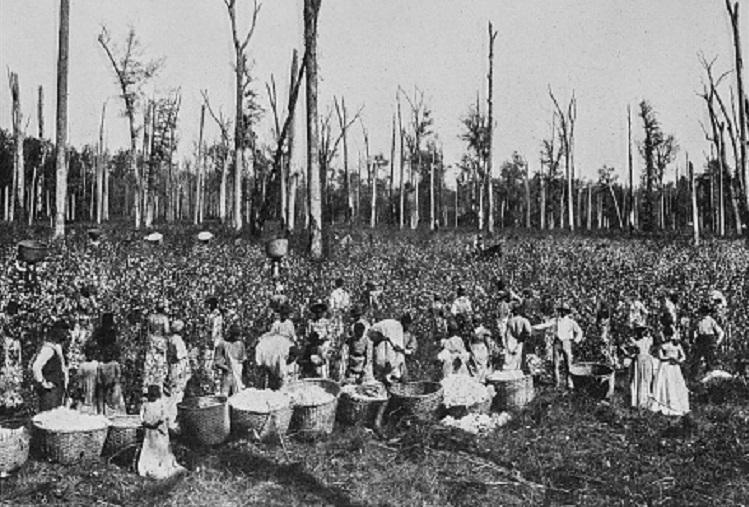
In the beginning, Australia was a nation of slaves. The convicts who first lived in Australia were put to work as unpaid slaves in a gang of a chain. They were treated so terribly that one of the British officers who went to Australia said, “the slave trade is merciful compared to what I have seen”.
Over time, Australia’s white slaves were replaced by Aboriginal slaves, who had to work on sugar plantations. They were all to be freed in 1833 when the British Empire abolished slavery, but the Australians ignored it. They gave their slaves ‘conscripts’ and continued to use them for most of a century.
It was not until 1901 – 68 years after slavery was prohibited – before the British Empire finally forced Australia to release their slaves. However, some slave traders were so determined not to do it that they threw their slaves overboard that they let them drown instead of giving them their freedom.
4. Britain compelled Zanzibar to end slavery in less than an hour
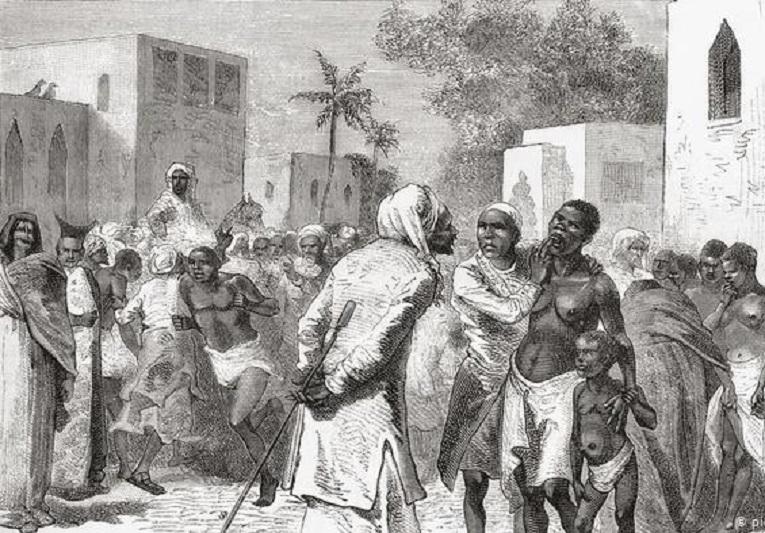
At the end of the 19th century, Zanzibar was the center of the world slave trade. Thousands of slaves were sold through their slave market every year, and the British wanted to put an end to it.
Britain tried to do it peacefully. They tried to use economic pressure on Zanzibar to stop the slave trade. Still, Zanzibar only gave them a few clichés and empty gestures. The human trafficking was vital to their economy, and they would not give up unless someone made them.
So, in 1896, a British fleet set up outside the Sultan’s palace and uselessly bombed it with everything they can possibly use. After 38 to 45 minutes of firing and massive destruction, the Sultan surrendered, and slavery in Zanzibar came to an end. It was the shortest war in history. More than 500 people died on the Zanzibar side, only one person was injured on the British side. The rest did not even bump a toe.
5. Slave rebellion in Haiti worked

In Haiti, slaves have won their freedom by force. It was the oldest slave colony in America. Since Columbus landed in 1492, slaves have lived there, and by 1789 there were almost 500,000 slaves, ten times the white population.
When Haitian slaves heard about the French Revolution, they had an idea. From their point of view, it sounded as if white slaves in France had killed their masters and taken over the land. They wanted to have their own revolution.
The Haitian slaves started wearing red, white, and blue ribbons as a sign of respect for the French revolution and as a subtle sign that they were preparing to launch their own revolution. In October 1790, everything began. At first, it was just 350 slaves struggling for their freedom in St Dominique. Still, soon it developed into a full-scale uprising throughout the country.
It took them 14 years to win their freedom. The French army was called in, and the motley, rebellious slaves were to take over one of the most tremendous military forces in the world. In the end, however, the French army was struck by the disease. They surrendered, returned home, and allowed the slave uprising to win.
The very notion of color was abolished. According to the Constitution, regardless of skin color, all Haitians were to be known only by the common name of black.

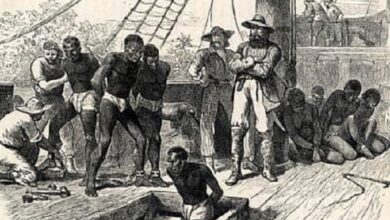
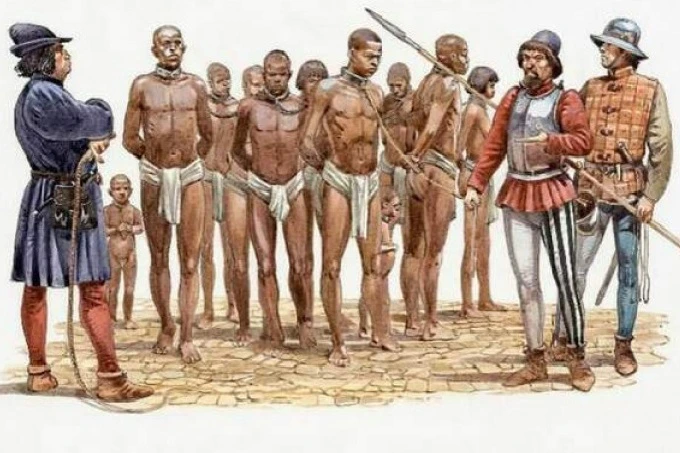

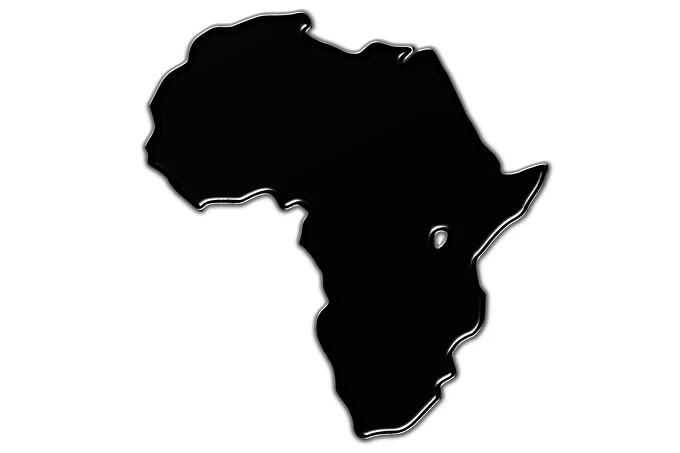
Wow